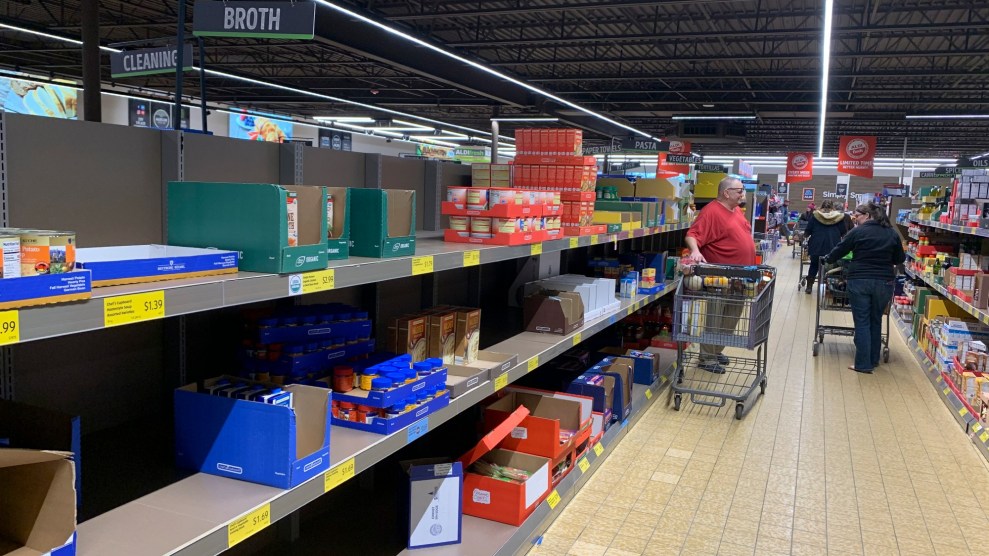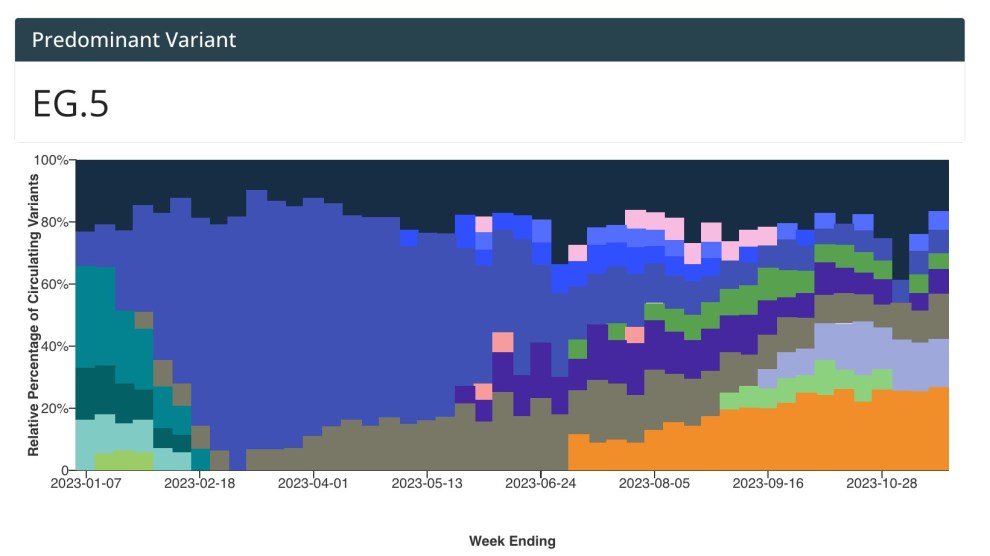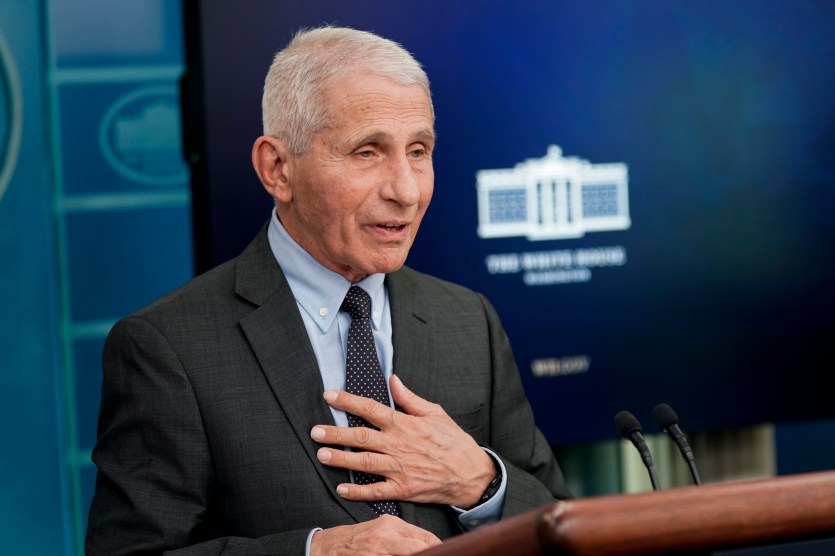
Jeremy Hogan/Sipa via AP
In less than a single month, the coronavirus pandemic has completely altered the day-to-day lives of millions of Americans. With many stores running out of essential items such as milk, eggs, and canned food almost as soon as they’re stocked, it can be difficult to find the groceries needed to stay safely inside for weeks at a time.
That’s especially true for many of the 42 million people who rely on the Supplemental Nutrition Assistance Program—commonly known as SNAP, or food stamps. SNAP recipients each receive an electronic benefits transfer card, which works like a debit card, that’s recharged with a set amount of credits each month to use on groceries. So if they run low, they may have to postpone a trip to the grocery store until their SNAP accounts are refilled.
As a new month begins, there’s been messaging circulating online urging people who don’t rely on SNAP to refrain from grocery shopping during the first few days of April, so that people using food stamps have a better chance of stocking up on popular supplies. “If you’re not having a food emergency, please don’t go to the grocery store on April 1st and 2nd. Wait until the 3rd,” read one particularly viral tweet this week. “People who are on food stamps get their accounts recharged on the first of the month, and have likely been running on fumes.”
“Many of them haven’t been able to shop since March 1,” Hugh C. Minor IV, a spokesperson for the Rhode Island Community Food Bank, told the Providence Journal. On Monday, the food bank asked Rhode Island residents to “pause” their grocery shopping on April 1 and 2 for SNAP shoppers.
It’s a nice sentiment. But as I found out after calling around, this advice only applies to a handful of states that issue SNAP benefits at the beginning of the month. Rhode Island, Nevada, North Dakota, Vermont, Guam, and the US Virgin Islands all disperse SNAP benefits on the first day of each month, as established by the US Department of Agriculture. Most other states—including Florida, California, and Texas—and the District of Columbia have a more staggered schedule so that recipients don’t overwhelm grocery stores on the same day.
But there are bigger challenges for people using SNAP during the coronavirus pandemic, according to Ellen Vollinger, the legal director for the Food Research and Action Center. “Part of the tough times that low-income people have is how meager their normal-sized allotment is,” she says. The average SNAP recipient gets $127 a month; while the average cost of groceries per month for one person typically ranges from $165 to $345, based on data published by the USDA. “They were not as well situated to stockpile,” Vollinger notes. And while grocery delivery is an option for people who don’t want to risk a trip to the store, that option is not available for SNAP recipients in most of states.
The $2 trillion coronavirus relief bill that Congress passed last week includes a nearly $16 billion boost to the SNAP program for 2020, with the expectation that many more people will sign up for benefits as the economic fallout from the pandemic grows. That extra money will be sorely needed, but Vollinger is skeptical that it will be enough for people, especially during emergency situations like the one we’re currently experiencing. The increased funding will only cover the anticipated rise in SNAP enrollment; it won’t increase the benefits of current recipients.
“At the outset of this, there were recommendations that households all stockpile for 14 days worth of food,” Vollinger says. “When you’ve got a very meager SNAP allotment, that’s not easy to do. If people are concerned about the SNAP shopper, the best thing they could do is advocate to Congress and the White House to give them more benefits.”

















